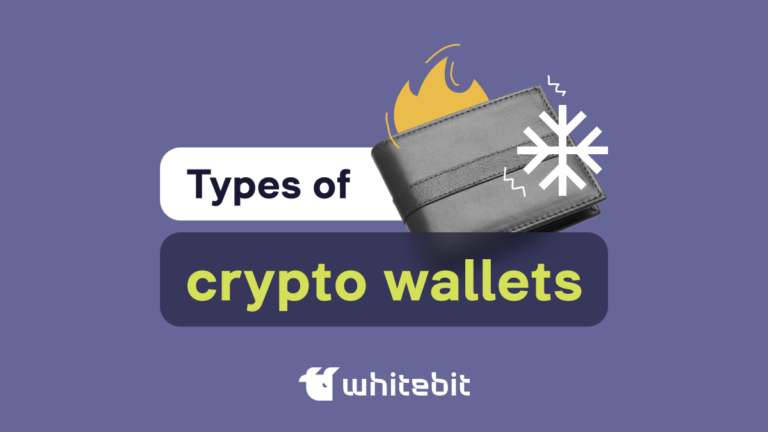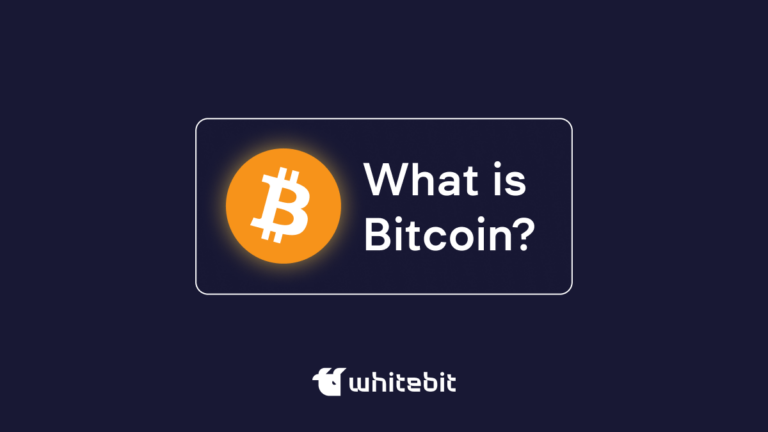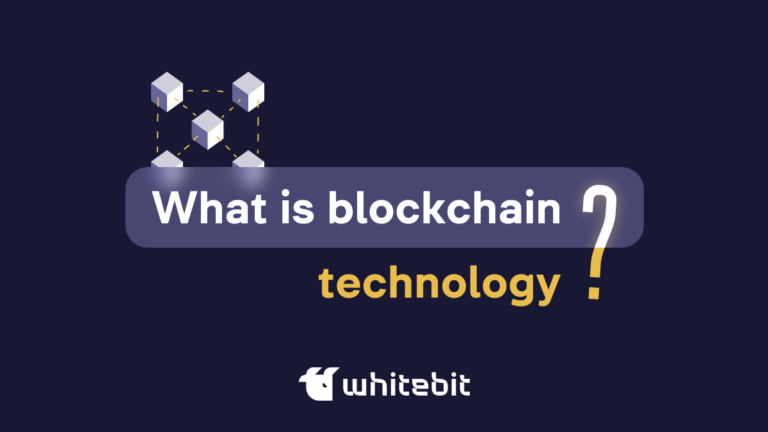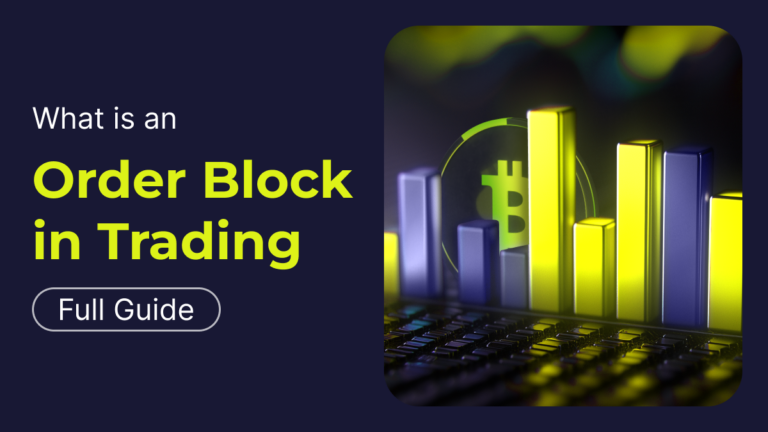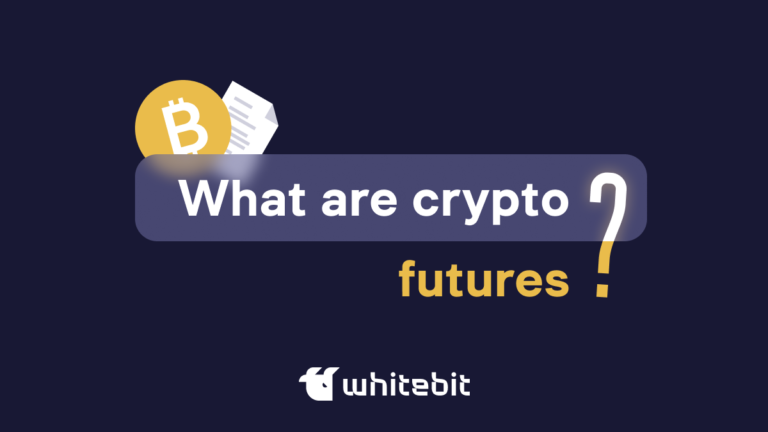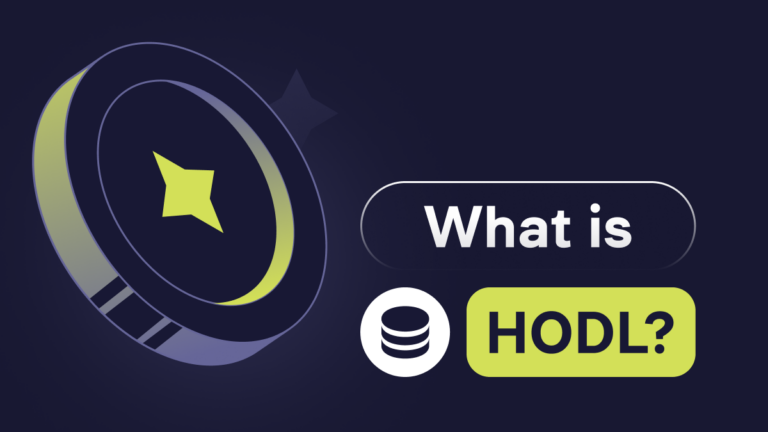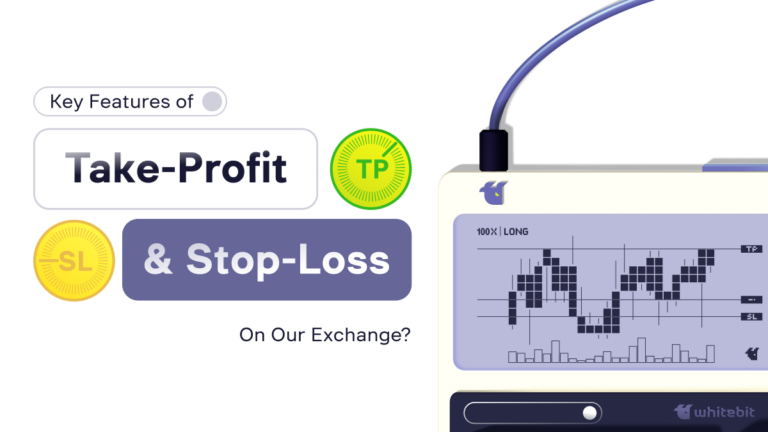What Is a Wallet Address?

Content
Cryptocurrency has become a significant part of the global financial landscape, with more people than ever before investing in digital assets like Bitcoin, Ethereum, and other altcoins. One of the foundational elements of this ecosystem is the concept of a wallet address. But what exactly is a wallet address, and how does it function within the broader world of crypto, Web3, and DeFi? In this article, we’ll explore everything you need to know about wallet addresses—from their structure and types to how they work and how to secure them.
What Is a Wallet Address in Crypto?
In the crypto world, a wallet address is an essential component of any transaction. Every time you want to send or receive cryptocurrency, you’ll need a wallet address. These addresses are generated by cryptocurrency wallets. The address serves as a destination for your cryptocurrency, functioning much like a bank account number does for fiat currencies.
What Is a Bitcoin Wallet Address?
A Bitcoin wallet address is a specific type of wallet address used to receive and send Bitcoin. It’s a string of 26-35 alphanumeric characters that begins with either “1”, “3”, or “bc1”. The first character often indicates the type of Bitcoin address it is—whether it’s a Legacy, SegWit, or Native SegWit address. Each Bitcoin wallet address is unique and can be used multiple times, although using a new address for each transaction is considered best practice for privacy reasons.
How Does a Crypto Wallet Address Work?
A crypto wallet address is generated through the process of cryptography. But what does a wallet address mean? When you create a wallet, the software generates a pair of keys: a private key and a public key. The public key is hashed to create the wallet address, which is then used to receive funds. Your wallet ID, unique to your wallet, helps in identifying your account within the wallet system. The private key, on the other hand, is used to sign transactions, proving that you are the owner of the funds associated with the address.
When you want to send cryptocurrency, your wallet uses your private key to create a digital signature. This signature is then broadcast to the network, where miners or validators confirm the transaction and update the blockchain ledger. The funds are then transferred to the recipient’s wallet address.
For a deeper understanding of how digital signatures, transaction verification, and blockchain updates work together to ensure security in cryptocurrency transactions, discover how Bitcoin transactions work.
Structure of a Wallet Address
A blockchain address is a unique identifier used to conduct transactions on a blockchain network. It’s similar to a bank account number in the traditional financial system but is used specifically for sending and receiving cryptocurrencies or other digital assets on a blockchain. A blockchain address is typically a string of alphanumeric characters and is derived from the public key of a cryptographic key pair.
A wallet address is composed of a series of alphanumeric characters, and its structure can vary depending on the cryptocurrency. For example:
- Bitcoin (BTC): A wallet address for Bitcoin can have up to 35 characters and typically starts with “1”, “3”, or “bc1”. Each format represents different address types. A Bitcoin wallet address example may look like this: 1A1zP1eP5QGefi2DMPTfTL5SLmv7DivfNa;
- Ethereum (ETH): Ethereum addresses are 42 characters long and start with “0x”. For example, 0x32Be343B94f860124dC4fEe278FDCBD38C102D88;
- Litecoin (LTC): Litecoin addresses often start with an “L” or an “M” and have similar formats to Bitcoin addresses. This is how a random crypto wallet address on Litecoin looks like likeLZgVru4JuxiKyz63V2pmuGjzyHcv6Ef7V8.
Despite their differences, all wallet addresses serve the same fundamental purpose: to identify a destination on the blockchain where digital assets can be sent.
Types of Wallet Addresses
There are several types of crypto wallets, and each type of blockchain wallet address has its unique characteristics. These different types of wallets cater to various needs, whether it’s security, ease of use, or accessibility, depending on types of cryptocurrency you are dealing with:
- Legacy Addresses (P2PKH): Original Bitcoin addresses starting with “1”. Example: Less efficient, but widely supported.
- SegWit Addresses (P2SH): Bitcoin addresses supporting Segregated Witness, starting with “3”. Lower fees, backward compatible.
- Bech32 Addresses (Native SegWit): Bitcoin addresses starting with “bc1”. Most efficient, lower fees, but not universally supported.
- Ethereum Addresses: Uniform across Ethereum, starting with “0x” 42 characters long, used for ETH and ERC-20 tokens.
- Litecoin Addresses: Legacy addresses start with “L”, SegWit with “M”.
- Multi-Signature Addresses: Require multiple private keys for authorization. Used for enhanced security.
- Vanity Addresses: Custom-made wallet addresses with chosen words or patterns. Example: 1BitcoinEaterAddressDontSendf59kuE.
- Payment Protocol (BIP70) Addresses: Used for merchant payments in Bitcoin, include metadata for verification.
- Stealth Addresses: Used in privacy-focused cryptocurrencies like Monero, generating a new address for each transaction.
- Wrapped Addresses: Used for cross-chain transactions, like Wrapped Bitcoin on Ethereum.
- Contract Addresses: Associated with Ethereum smart contracts. Example: 0x742d35Cc6634C0532925a3b844Bc454e4438f44e.
- Change Addresses: Automatically generated to receive leftover amounts in transactions, enhancing privacy.
Choose a wallet based on your needs and the currencies you plan to store, whether they are stablecoins or conventional cryptocurrencies.
How to Get a Wallet Address?
Getting a digital wallet address is straightforward. Here’s a step-by-step guide on how to create a wallet address:
- Choose a Wallet: Select a cryptocurrency wallet that suits your needs. This could be a software wallet, hardware wallet, or even a paper wallet.
- Install or Access the Wallet: If you choose a software or hardware wallet, you’ll need to install the application or set up the device.
- Generate a New Address: Once your wallet is set up, you can generate a new public wallet address. This is essentially how to create a wallet address—usually as simple as clicking a “Generate New Address” button within the wallet application.
- Copy Your Address: Your new wallet address will be displayed on the screen. If you’re wondering, “How do I find my wallet address?” it’s usually located in the “Receive” section of your wallet. Make sure to copy it correctly when sharing it with others for transactions.
When you create a wallet, you take full responsibility for managing your money. If you lose access, it could be irreversible. On the other hand, there are wallet solutions provided by crypto exchanges. These exchange wallets are digital wallets offered by exchanges for storing, sending, and receiving cryptocurrencies.
Unlike the ones we described above, they offer convenience by being directly integrated with the trading platform, making trades easy and quick. However, the exchange controls your private keys, meaning you don’t have full control over your funds, which can be a security risk. While exchange wallets are user-friendly and may offer features like staking and lending, they are best suited for active trading. For long-term storage, it’s recommended to use a personal wallet where you control the private keys.
How to Find Your Wallet Address?
Finding your cryptocurrency wallet address depends on the type of wallet you’re using:
Software Wallets: Navigate to the “Receive” section, where your address will be displayed. You can copy it from there.
Hardware Wallets: Connect your device to your computer or mobile device, open the wallet app, and navigate to the address section.
Paper Wallets: If you’re using a paper wallet, your address will be printed on the paper itself.
Always double-check your wallet address before using it to avoid errors that could result in lost funds. Explore the basics of blockchain technology to gain a deeper understanding of how these transactions are processed and secured, ensuring you navigate the crypto space with confidence.
How to Use a Wallet Address
Using a wallet address is simple, especially once you understand the process of how to create a wallet address in the first place:
- Receiving Funds: Provide your wallet address to the sender, who will use it to transfer cryptocurrency to your wallet. Whether you’re planning on trading immediately or HODLing for the long term, the address is key to receiving your assets.
- Sending Funds: When sending cryptocurrency, you’ll need to enter the recipient’s wallet address into the designated field in your wallet application or any dApps (decentralized application) that facilitates transactions. Double-check the address to ensure accuracy, as crypto transactions are irreversible.
- Checking Balance: You can use a blockchain explorer to view the balance associated with a specific wallet address. Simply enter the address into the search bar, and the explorer will display all associated transactions and the current balance.
Security Considerations
While public wallet addresses themselves are safe to share, fraudsters know countless ways how to get a crypto wallet address confidential data. Keep in mind such security considerations to:
- Keep Your Private Key Secure: Your private key controls access to the funds associated with your wallet address. Never share it with anyone.
- Avoid Phishing Scams: Always ensure you’re entering your wallet address on legitimate websites. Scammers may attempt to redirect you to fake websites that steal your information.
- Use a New Address for Each Transaction: For added privacy, generate a new wallet address for each transaction. This makes it harder for others to track your transaction history.
Conclusion
Understanding wallet addresses is fundamental to navigating the world of cryptocurrency. Whether you’re a seasoned investor or just getting started, knowing how to make a wallet address, how they work, how to secure them, and how to use them effectively will empower you to manage your digital assets confidently. Always remember to prioritize security, especially when dealing with private keys and sharing your wallet address.
FAQ
No, a wallet address alone cannot be used to steal your crypto. However, if someone gains access to your private key, they can control the funds associated with that address.
Wallet addresses can change if you generate a new address within your wallet. However, the old address will still be valid, and can receive funds.
A Bitcoin (BTC) wallet address is a string of 26-35 alphanumeric characters that usually starts with "1", "3", or "bc1".
A Bitcoin address can be up to 35 characters long, depending on the type.
Yes, wallet addresses can be traced on the blockchain, as all transactions are public. However, the identity of the address owner is not directly revealed.
There is no limit to the number of wallet addresses you can generate. Most wallets allow you to create as many addresses as you need.

